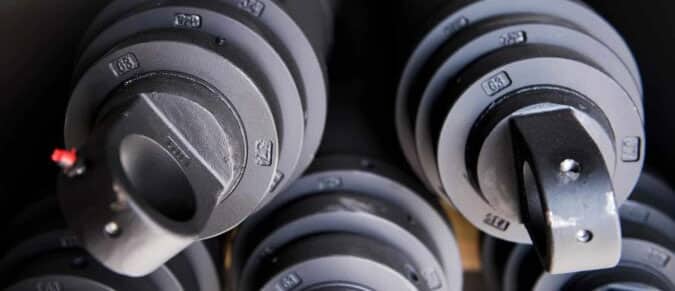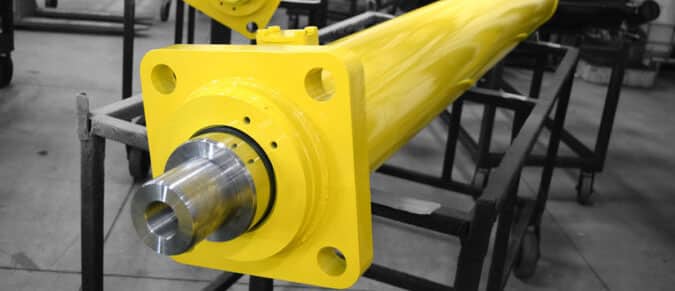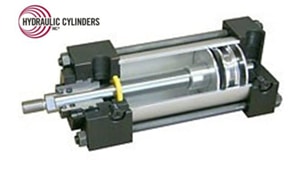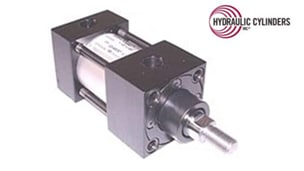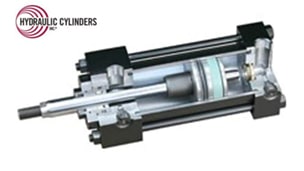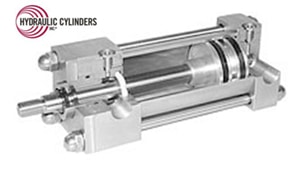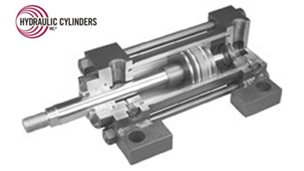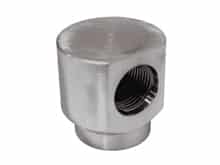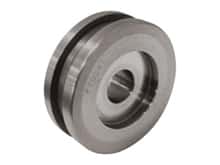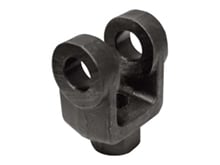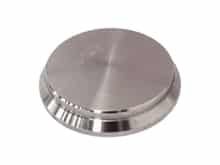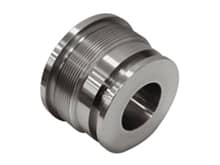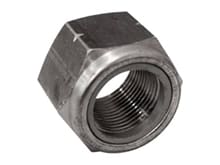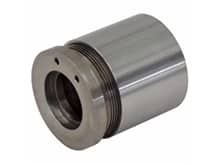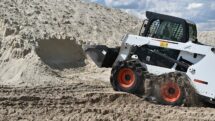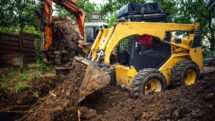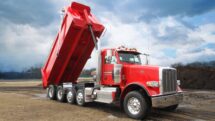Safety Tips for Operating Heavy Construction Equipment
4 Ways to Increase Worker Safety During Construction Equipment Operation
Worker safety is a top concern when operating heavy or mobile construction equipment on industrial job sites. By following these steps, you can reduce risk and improve the overall productivity of your site.
Mandatory Training for Construction Equipment Operation
The best way to increase worker safety is to thoroughly educate all employees at a job site on safety measures. Equipment operators, groundworkers, and others must know and follow the proper protocol for safe construction equipment operation, including training on:
- How to correctly wear necessary personal protective equipment (PPE)
- Earning any required certifications
- Being familiar with present equipment
- Learning and following processes for safe construction equipment operation
- Avoiding overloading vehicles
- And more!
Follow Proper Work Site Safety Practices
Once all workers have undergone the safety training required by your job site, be sure that all practices are followed. These can vary depending on the needs of your construction operation but generally include:
- Have a spotter during heavy or mobile construction equipment operations
- Keep the work area clear to avoid accidental injuries or equipment damage
- Wear your seatbelt and other protective equipment
- Keep an operating manual handy in case of issues
- Provide equipment with rollover protective structures or cages
- And other necessary safety steps specific to your machinery!
Only Use Mobile Construction Equipment as Intended
Heavy and mobile construction equipment is designed to complete specific jobs. To keep workers safe and lower the chance of in-the-field injuries, only use machinery for its intended purpose and within the operational parameters outlined in the manufacturer’s manual. For example, heavier loads may need bigger equipment, raising or moving material will need cranes or lifts, and sites involving hills or slopes may require specialty solutions.
Conduct Regular Construction Equipment Maintenance & Inspection
The most reliable way to stop worker injuries from occurring during construction equipment operation is to prevent problems from happening. Regularly scheduled equipment maintenance can identify issues before dangerous consequences appear. To keep your construction equipment operating safely and without error, incorporate the following steps into your maintenance and inspection routine:
- Complete a visual inspection to check for broken, damaged, or worn construction equipment components
- Listen for any odd or loud clangs and sounds
- Check tires and tracks for wear or damage
- Ensure all hoses, buckets, booms, and other components are in good repair
- Check that all lights, gauges, horns, alarms, and other systems are functioning
- Check hydraulic cylinders, including fluids, oil, rods, and more
Never operate construction equipment that is damaged or in need of repair. Doing so can result in worker injury, catastrophic equipment shutdowns or damage, and expensive downtime at your construction site.
High-Quality Hydraulic Cylinder Replacements for OEM Construction Equipment
Well-maintained hydraulic cylinders are critical to keeping your heavy and mobile construction equipment safely operating over many years. Eventually, however, it will be time to purchase replacement cylinders to keep your machinery performing safely. Hydraulic Cylinders, Inc. has you covered. We maintain a vast inventory of ready-to-ship hydraulic cylinders for OEM construction equipment, including options suitable for:
Contact us today to learn how HCI can increase worker safety at your job site through high-quality replacement cylinders. Request a quote for bulk or special orders.

